IIA IS A PIONEER IN THE USE OF 3D SCANNING FOR REVERSE ENGINEERING
IIA is a pioneer in the use of 3D scanning for reverse engineering, geometry recreation and 3D modeling. Our highly refined process has been optimized to address industry-specific challenges for the medical device, heavy equipment, firearms, forensic, architectural and construction, tooling and plastic industries, and many more.
Common Applications for Reverse Engineering
- Documentation for Legacy Parts: Reverse engineering is useful and necessary when the use of a tool or part has outlived its documentation, or when, in production environments, rework, repairs and adjustments have been made to a physical tool in order to achieve acceptable results. When it comes time to replace this customized tool, its print or CAD no longer matches reality.
- Accessories & Retrofitting: Parts and systems must fit within existing spaces and pair with other parts. Reverse engineering with 3D scanning can aid in your design process by assessing the environment where your part will be created or installed.

Modeling Platforms (Software)
IIA can build files for use in any modern software, as well as many legacy platforms. Our primary platforms are SolidWorks and Inventor, each fully up to date with the latest versions. We often retain legacy licenses for those customers who need it. If we do not have your CAD software of choice, we can output neutral file formats such as .igs, .stp, .x_t, and many more.
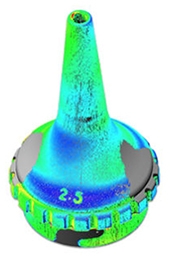
Digitizing and Scanning
IIA has vast and varied digitizing and scanning capabilities with accuracies smaller than .0001 inches and XYZ coordinate data collection at rates beyond thousands of points per second. The scanned data can be recorded and/or converted in terms of points, conventional curves, splines, surfaces and solid models. This data is often used to define or analyze complex geometry, such as vane and blade profiles, and can also play a key role in comprehensive and sophisticated reverse engineering processes.
.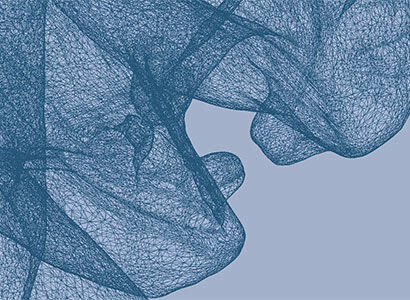
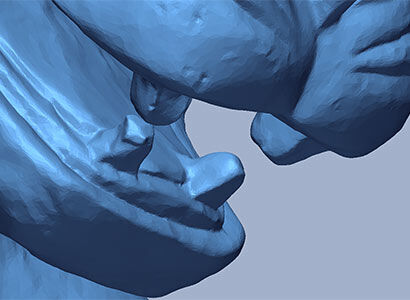
Let Our Experts Help
Whether you need timely inspections, would like an estimate, or have an emergency and need help right away, we are here for you.
Call us at
470-552-8301
or complete the form below, and we will be in touch within 24 hours.
A Higher Degree of Quality
To ensure the highest level of safety and quality, IIA provides AS9100, AS9102, AS9110, AS9120 compliant services.
Tips to Help Us Provide an Accurate Quote
Before you start your next modeling or reverse engineering project, here are some things to consider:
- Have an idea of how this file will be used. What are the “next steps” for this model once returned to you? (This is very helpful to us when quoting.)
- Provide photos of all different sides of the part. We need a good understanding of the size, shapes, and features involved.
- Your requirements for detail/accuracy to the physical part.
Golden Models
If you need to determine tolerances from your product manufacturing process, a common approach is to measure many known good parts basing the tolerances on detected variations. IIA has the ability to scan multiple parts and average them all into one nominal CAD model, commonly referred to as the “golden model”.
3D CAD Solid Modeling
CAD Solid Modeling is the process of building a virtual three-dimensional representation of a given part, product or object. It is used for a variety of purposes, such as geometry visualization, creating parametric-based drawings, programming CNC machine operations (CAM), 3D analyses, and finite element analysis (FEA).
IIA can make a parametric 3D solid model from your prototype or drawing or design one based on your specified parameters. Solid models, especially those with complex surfaces, are tested and verified to confirm accuracy requirements are met.
IIA recognizes that many reverse engineering jobs are not complex and don’t require scanning at all. We can help you turn your napkin sketch or hand drawn ideas into a workable 3D CAD model, as well as, professional part or assembly drawings.
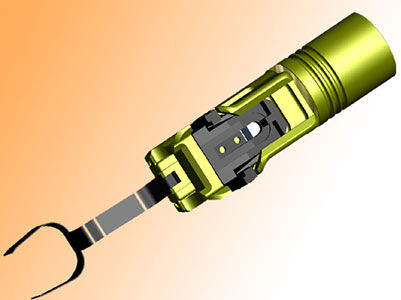
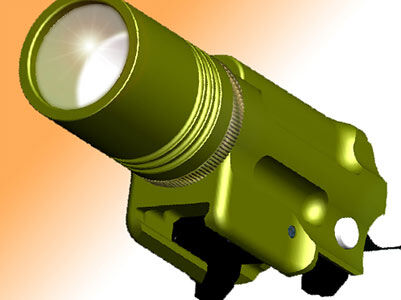
Engineering Drawings
IIA provides engineering drawings that meet stringent requirements, including ANSI Y14.5. The drawings can be generated from parametric 3D solid models, also created by IIA, or from a model you provide. We can also convert old paper drawings to CAD format for advanced quality control and easier maintenance.
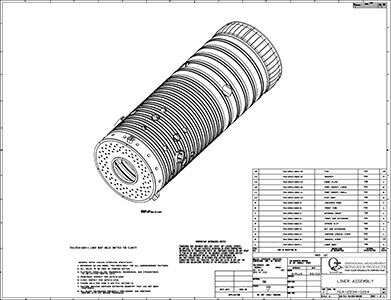

Verification & Project Handoff
Every project ends with a conference call or screen share to ensure that the results are understood and meet your requirements. IIA uses its own Deviation Analysis process as a final proof-of-work at the end of every reverse engineering project to demonstrate a precise point-by-point comparison that each feature and each characteristic is accurate to the scanned part. This level of precision in verification is virtually impossible with manual methods. A Deviation Analysis makes full verification cost-effective and is critical to assure the accuracy of the resulting model.
Resources


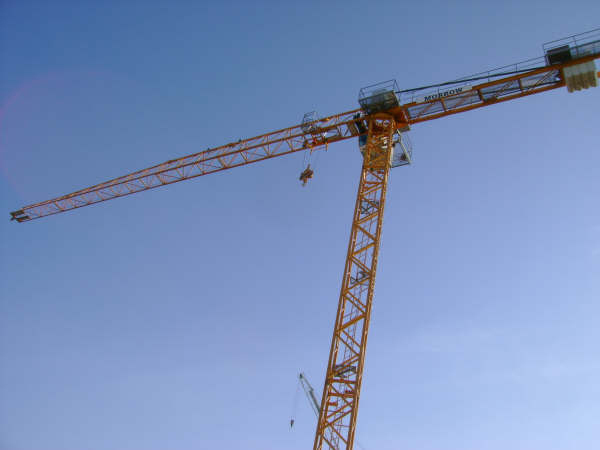
Certifications and Guidelines
- AS9100 Compliant
- AS9102 Compliant
- AS9110 Compliant
- AS9120 Compliant
- ISO/IEC 17025: 2005
- ISO/IEC 17065: 2012
- ITAR Registered
- FAR Part 145 Certification
- Federal Firearms License (FLL)
- NADCAP Accredited
- ASNT Certified Level II & III
- We Can Issue Your Approvals for USA, CANADA and EU Scopes
- Our Facilities Meet a Variety of MIL-SPEC, ANSI, ASTM, and ASME Specifications
